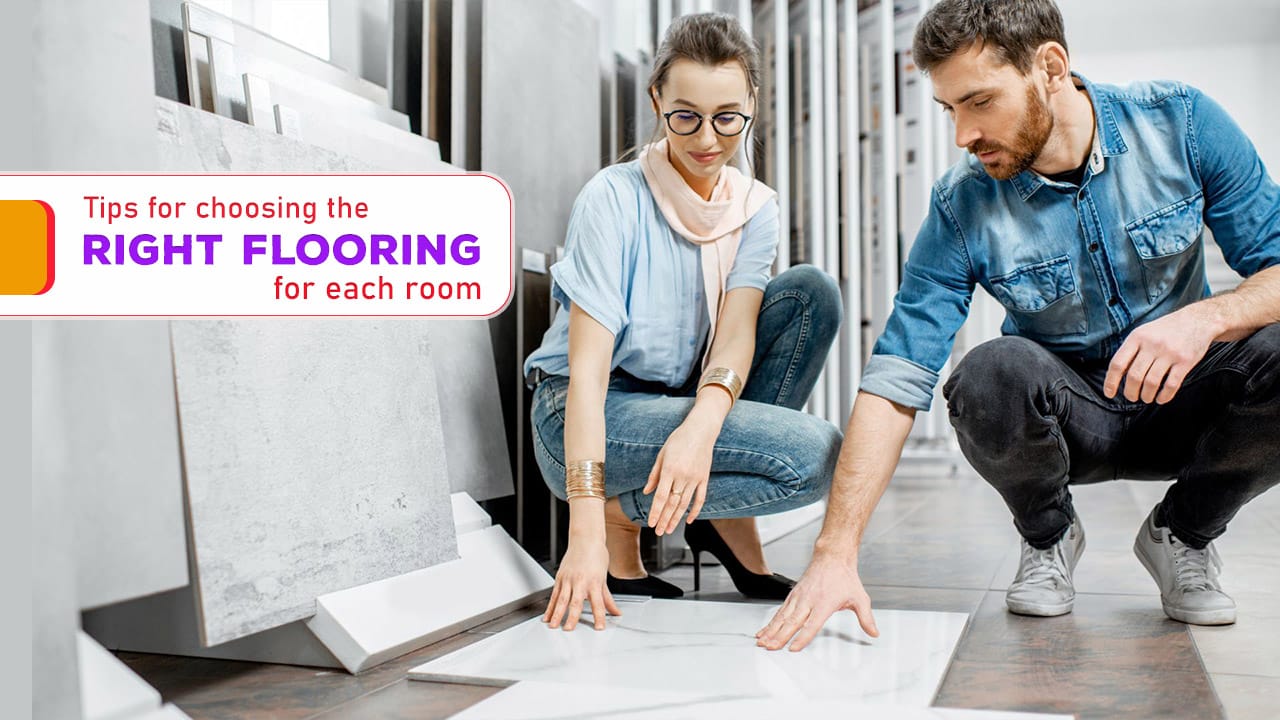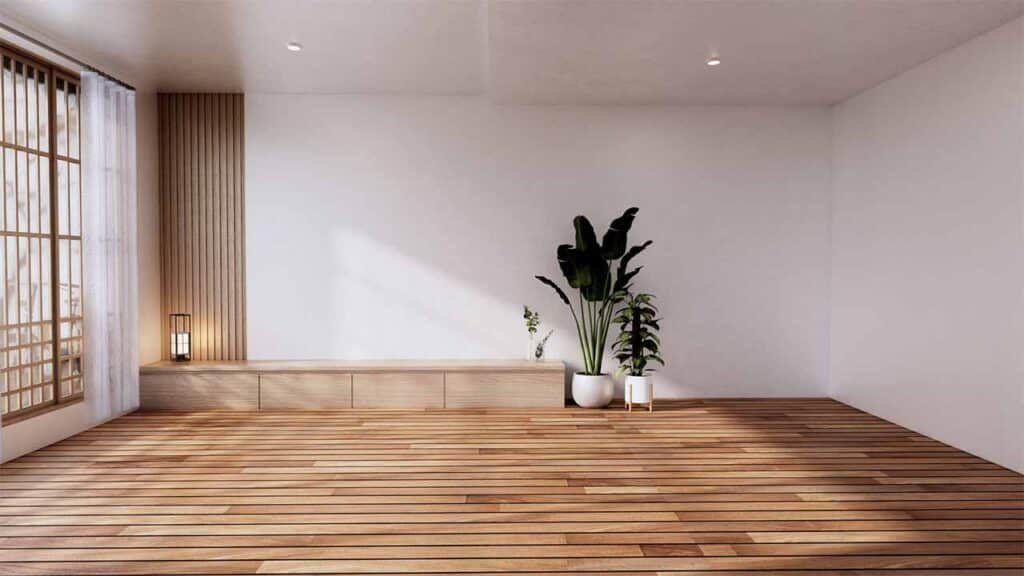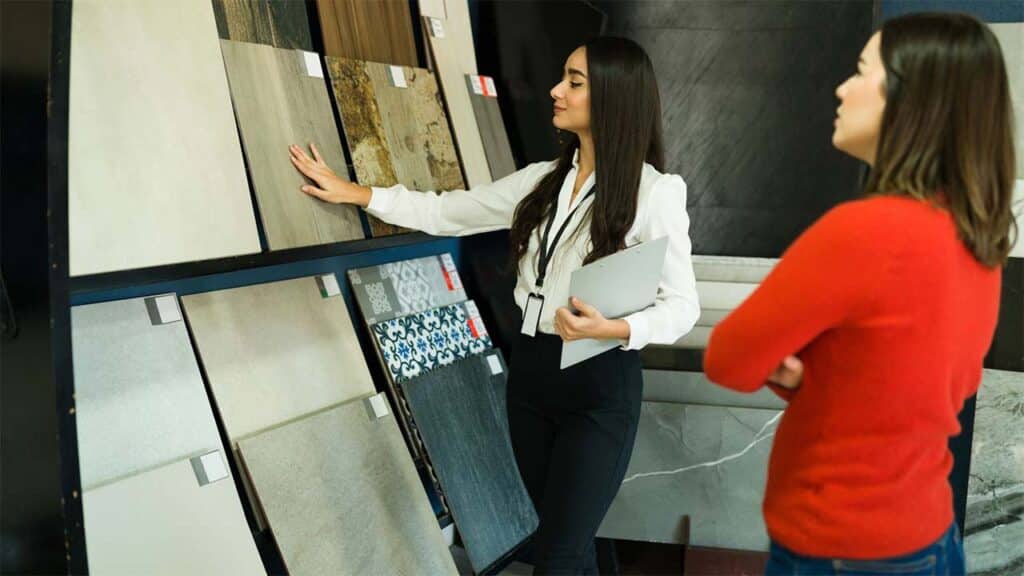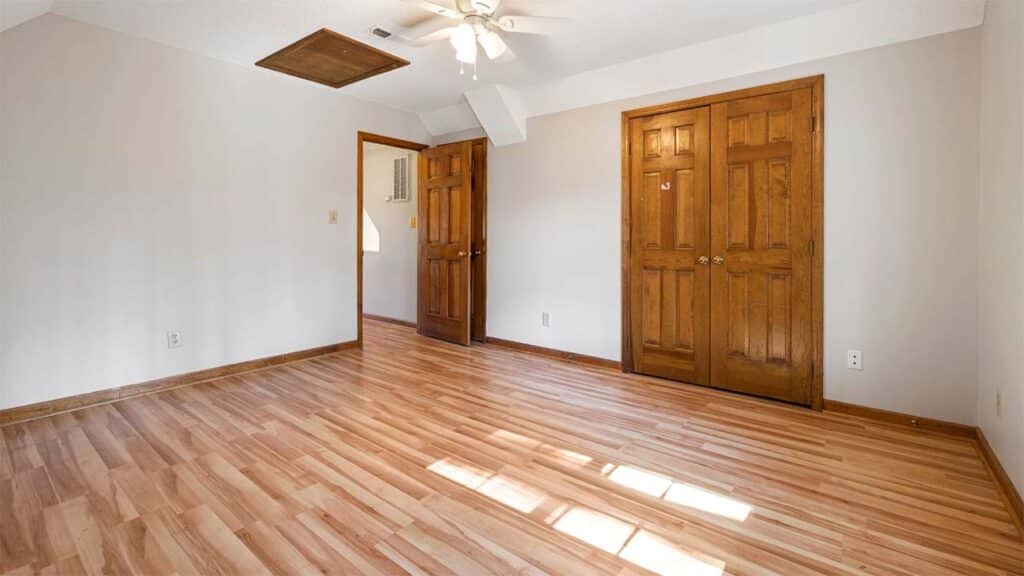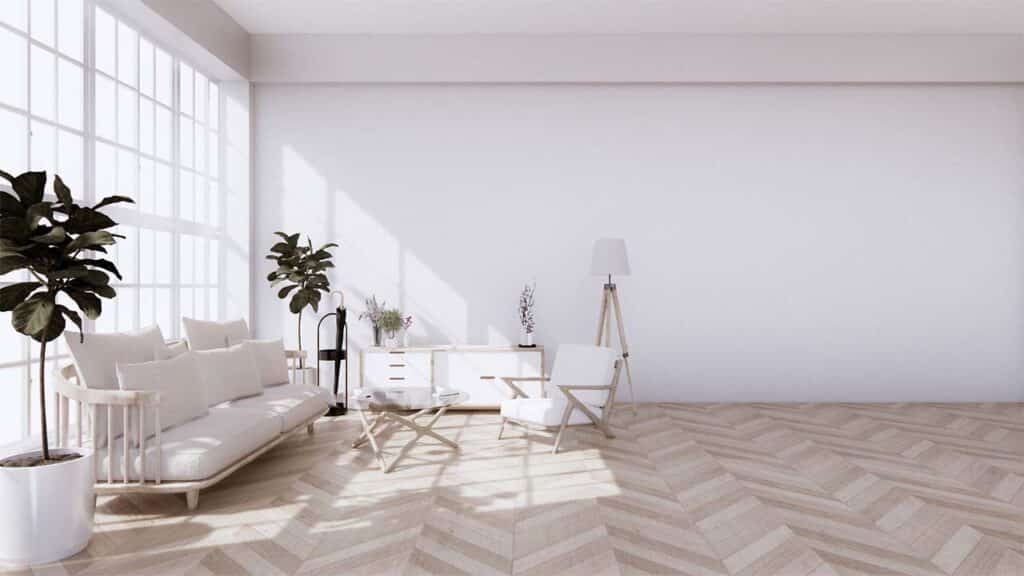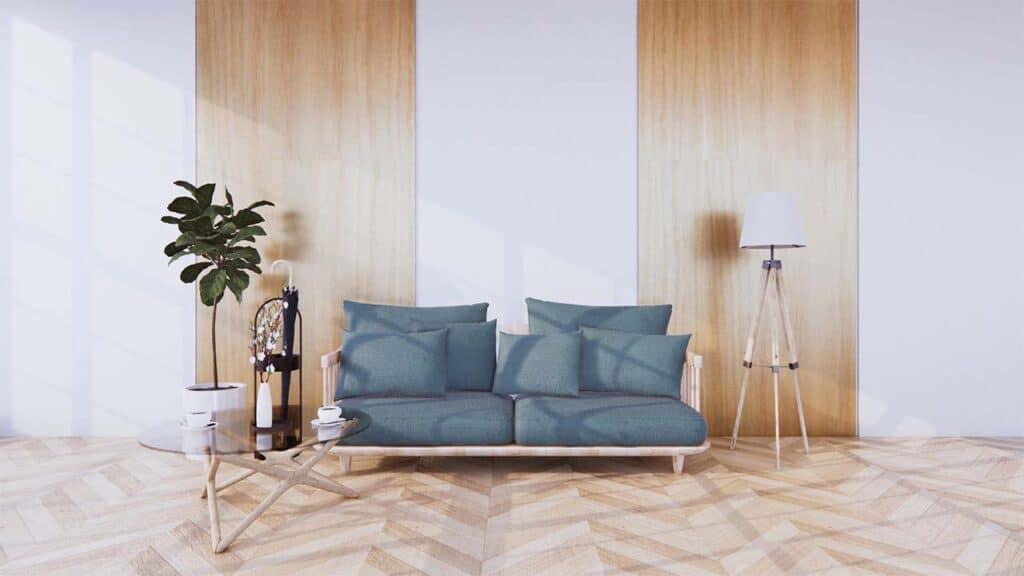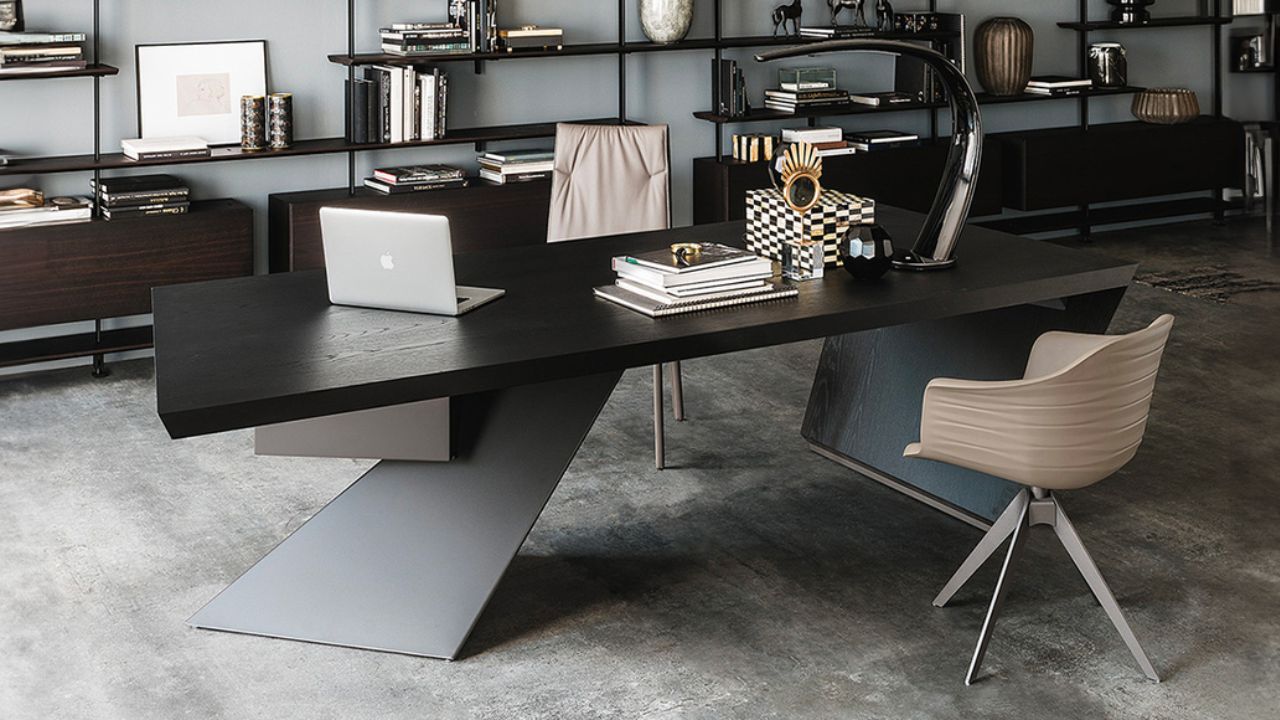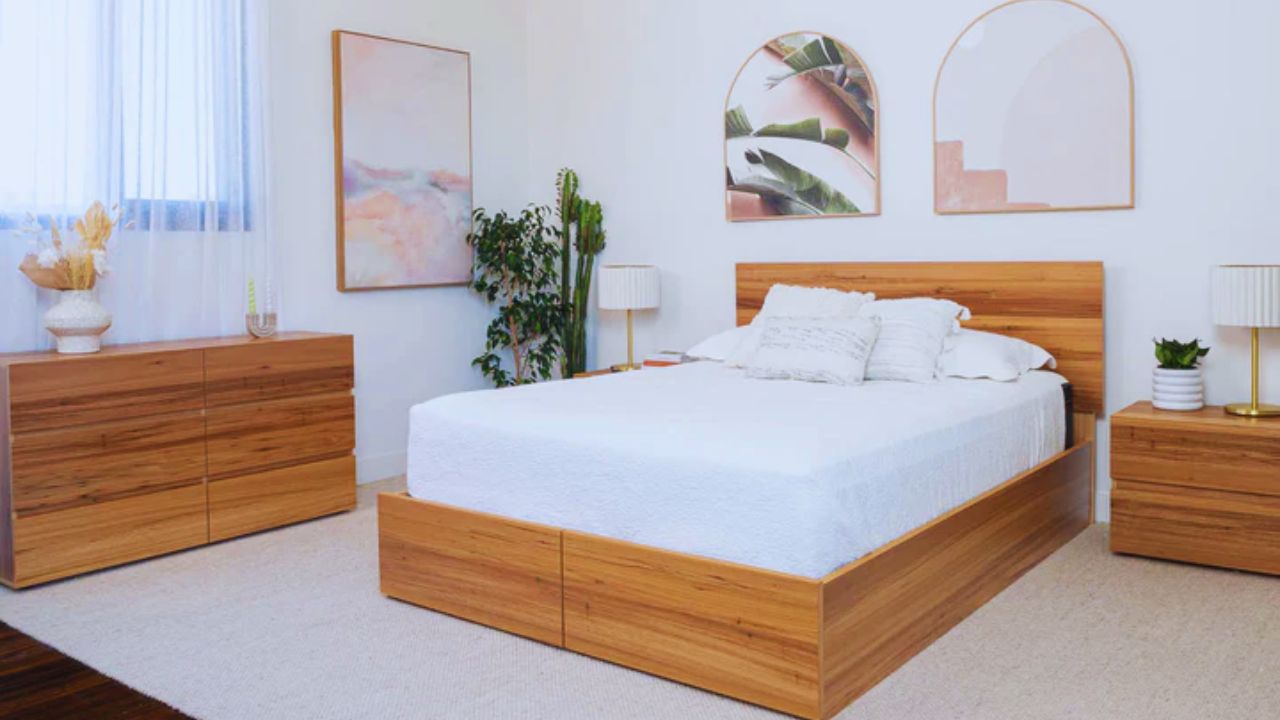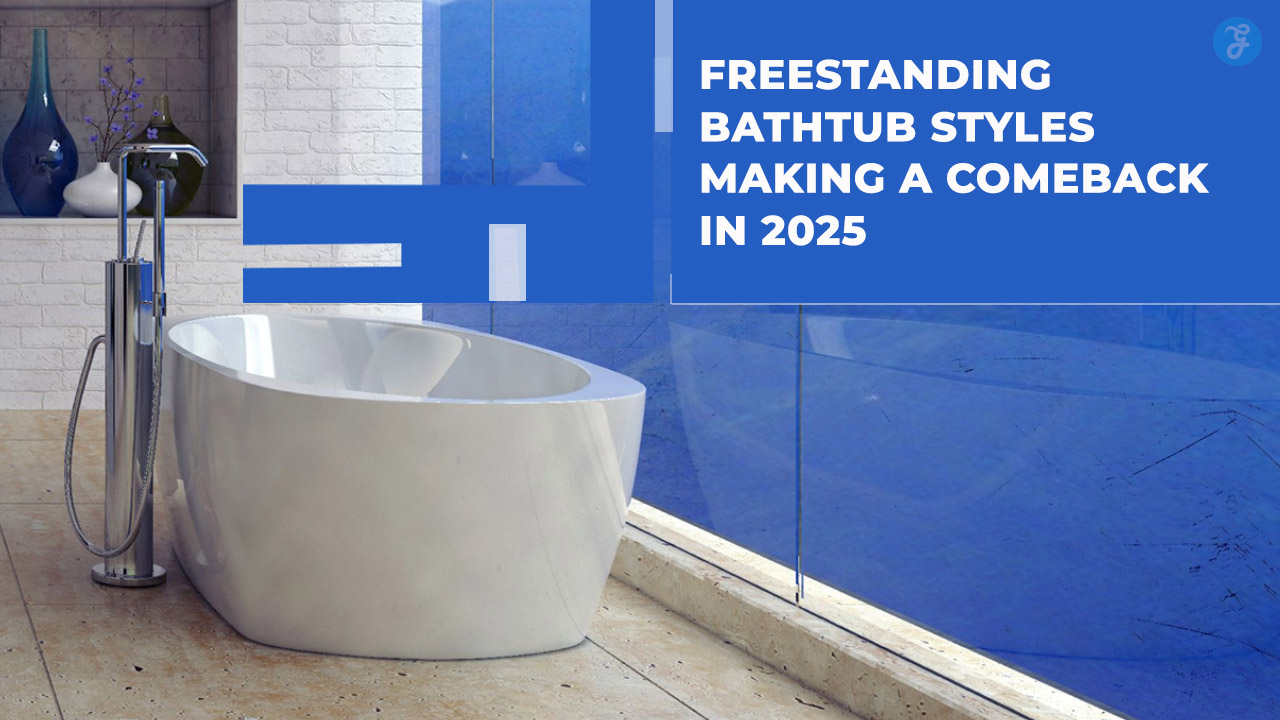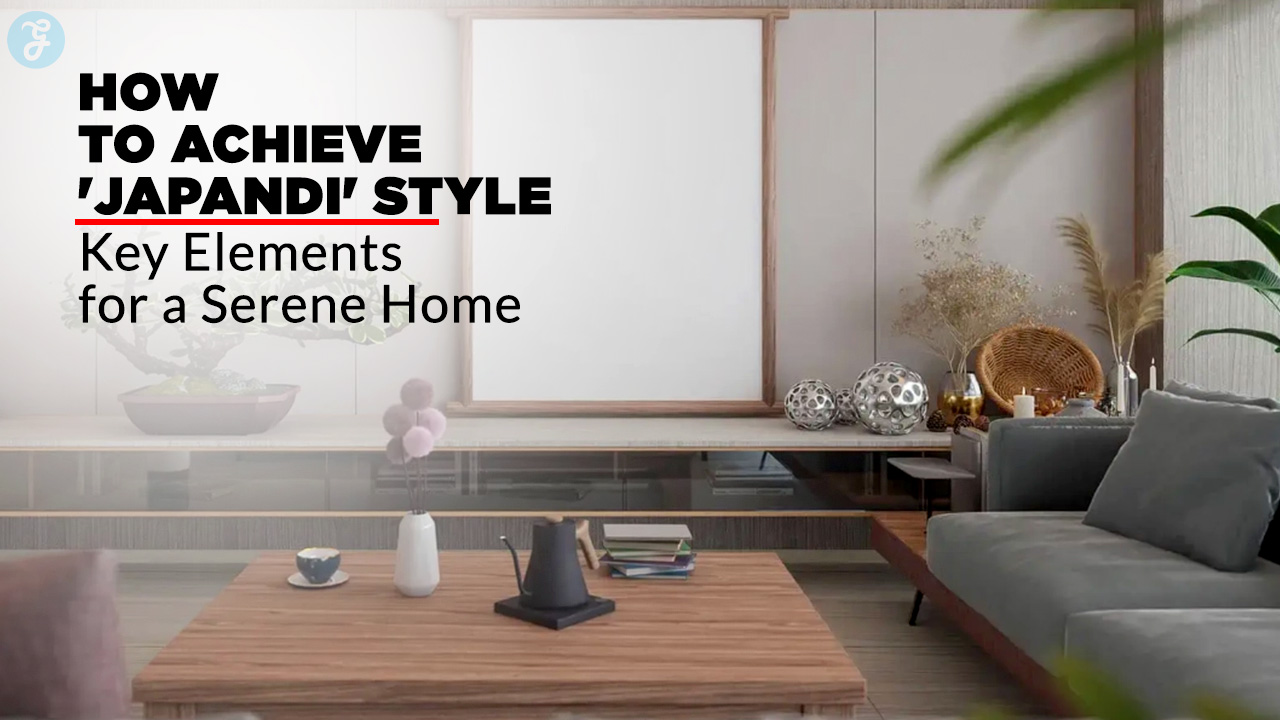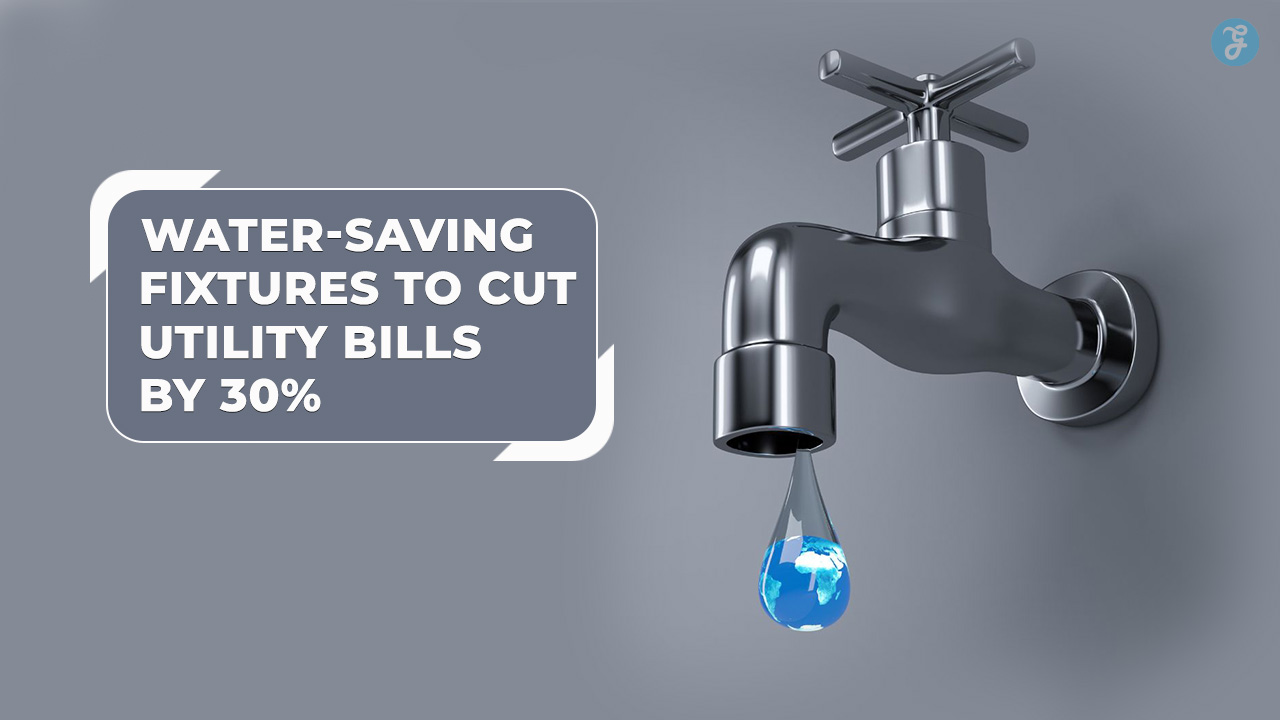Choosing the right flooring for each room in your home is a crucial decision that impacts both aesthetics and functionality. The flooring you select can set the tone for the entire space, affect comfort levels, and influence maintenance requirements.
Considering factors like durability, moisture resistance, and visual appeal, you can make informed choices that enhance each room’s purpose and style.
With so many options available, from hardwood and tile to carpet and vinyl, weighing the pros and cons of each material for different areas of your home is essential. This article will provide 20 valuable tips for selecting the ideal flooring for every room.
1) Hardwood Flooring
Hardwood flooring offers timeless beauty and durability for your home. It comes in various wood species with unique grain patterns and colours. Oak, maple, and walnut are popular choices, providing different aesthetics and hardness levels.
Consider the room’s function when selecting hardwood. High-traffic areas benefit from harder woods like oak or hickory. Softer woods like pine work well in bedrooms or less frequented spaces.
The finish you choose affects both appearance and maintenance. Matte hides scratches better, while glossy finishes create a more formal look. Oil-based finishes penetrate the wood, enhancing its natural beauty.
Solid hardwood can be sanded and refinished multiple times, extending its lifespan. With its layered construction, engineered hardwood offers excellent stability in humid environments.
Installation methods vary. Nail-down is typical for solid hardwood, while click-lock systems are often used for engineered options. Professional installation ensures proper acclimation and layout for the best results.
Hardwood floors require regular care. Sweep or vacuum frequently and use manufacturer-recommended cleaning products. Place felt pads under the legs of the furniture to prevent scratches.
Consider your budget when choosing hardwood. Exotic species and hand-scraped finishes typically cost more than domestic options with standard finishes.
2) Laminate Flooring
Laminate flooring offers a cost-effective alternative to hardwood while mimicking its appearance. It has multiple layers, including a wear-resistant top layer and a high-density fiberboard core. This construction makes laminate durable and resistant to scratches, stains, and fading.
You’ll find laminate flooring easy to install, often featuring click-lock systems for simple assembly. It’s also low-maintenance, requiring only regular sweeping and occasional damp mopping to keep it clean.
Consider laminate for high-traffic areas like living rooms, hallways, and home offices. It stands up well to daily wear and tear, making it suitable for families with children and pets.
When selecting laminate, consider the AC rating, which indicates durability. For residential use, AC3 or AC4 ratings are typically sufficient. Higher ratings offer increased resistance to wear.
Laminate comes in various styles and colours, allowing you to match your decor preferences. From wood-look options to stone and tile patterns, you’ll find designs to suit any room’s aesthetic.
Remember that laminate isn’t ideal for bathrooms or areas prone to moisture. While some water-resistant options exist, prolonged exposure to water can cause swelling and damage to the flooring.
3) Ceramic Tiles
Ceramic tiles are a versatile and durable flooring option suitable for various rooms in your home. They come in multiple colours, patterns, and sizes, allowing you to customise your space.
Ceramic tiles are an excellent choice for high-moisture areas like bathrooms and kitchens. They resist water, stains, and bacteria, making them easy to clean and maintain. Their durability also makes them ideal for high-traffic areas such as entryways and mudrooms.
Consider the slip resistance of ceramic tiles, especially for wet areas. Textured or matte finishes provide better traction than smooth, glossy surfaces. For outdoor spaces, choose frost-resistant tiles to withstand temperature changes.
When selecting ceramic tiles, think about the room’s style and purpose. Large format tiles can make small spaces appear more prominent, while intricate patterns add visual interest to larger areas. Grout colour also affects the overall look, so choose wisely.
Remember that ceramic tiles can be cold underfoot. If you live in a colder climate, consider installing underfloor heating for added comfort. This combination creates a warm and inviting atmosphere in your home.
4) Porcelain Tiles
Porcelain tiles offer a durable and versatile flooring option for various rooms in your home. These tiles are made from dense clay and fired at high temperatures, resulting in a complex, water-resistant surface.
You can choose various colours, patterns, and textures to match your décor. Porcelain tiles can mimic the look of natural stone, wood, or concrete, giving you design flexibility without compromising performance.
These tiles are ideal for high-traffic areas, kitchens, and bathrooms due to their resistance to moisture and stains. They’re also easy to clean and maintain, making them a practical choice for busy households.
Consider large-format porcelain tiles to create a seamless look and reduce grout lines. Opt for textured or matte finishes that provide better traction for added safety in wet areas.
When installing porcelain tiles, ensure you have a strong, level subfloor to prevent cracking. Professional installation is recommended due to the specialised tools and skills required for proper placement.
Keep in mind that porcelain tiles can feel cold underfoot. For added comfort, you may consider underfloor heating, especially in bathrooms or bedrooms.
5) Natural Stone Tiles
Natural stone tiles offer a timeless and elegant flooring option for your home. These tiles are made from various types of stone, including marble, granite, limestone, and slate.
Each stone type has unique characteristics, colours, and patterns. You can choose from various options to match your interior design preferences.
Natural stone tiles are durable and can withstand heavy foot traffic when properly sealed and maintained. They work well in kitchens, bathrooms, entryways, and living areas.
Consider the level of maintenance required for different stone types. Some stones are more porous and may need regular sealing to prevent staining and moisture absorption.
The texture of natural stone tiles can vary from smooth to rough. This affects both the appearance and slip resistance of your flooring.
Remember that natural stone tiles can be more expensive than other flooring options. Installation costs may also be higher due to the weight and complexity of working with stone.
Natural stone tiles can add value to your home and create a luxurious atmosphere. They are often favoured for their unique beauty and ability to complement various design styles.
When selecting natural stone tiles, consider the room’s function and the stone’s characteristics. For example, harder stones like granite may be better suited for high-traffic areas.
6) Vinyl Plank Flooring
Vinyl plank flooring offers a versatile and cost-effective option for various rooms in your home. It mimics the look of hardwood while providing enhanced durability and water resistance.
You’ll find vinyl plank flooring easy to install, often featuring click-lock systems allowing DIY installation. This can save you money on professional installation costs.
The material is highly resistant to scratches, dents, and stains, making it ideal for high-traffic areas or households with pets and children. It’s also comfortable underfoot and warmer than tile or stone.
Maintenance of vinyl plank flooring is simple. Regular sweeping and occasional damp mopping are usually sufficient to keep it looking great.
When selecting vinyl plank flooring, consider the thickness of the wear layer. A thicker wear layer typically indicates better durability and longevity.
You can choose various styles, colours, and wood-look patterns to match your decor preferences. Some options even replicate the texture of natural wood grain for added authenticity.
Vinyl plank flooring performs well in moisture-prone areas like bathrooms and kitchens. Its water-resistant properties make it less susceptible to damage from spills or humidity.
Remember that while vinyl plank flooring is durable, it can be prone to fading if exposed to direct sunlight for extended periods. Use window treatments to protect your flooring in sunny rooms.
7) Bamboo Flooring
Bamboo flooring offers a unique and eco-friendly option for your home. This sustainable material is known for its durability and natural beauty. You’ll find bamboo flooring in various styles and colours to suit your aesthetic preferences.
One of the critical advantages of bamboo is its hardness. Many bamboo flooring options are as complex or even more complicated than traditional hardwoods. This makes them resistant to scratches and dents and ideal for high-traffic areas in your home.
Bamboo flooring is also relatively easy to maintain. Regular sweeping and occasional damp mopping are usually sufficient to keep it looking great. You’ll appreciate its moisture resistance, making it suitable for kitchens or bathrooms.
When considering bamboo, be aware of its sensitivity to humidity. Extreme fluctuations can cause the flooring to expand or contract. Proper acclimation before installation is crucial to prevent these issues.
Cost-wise, bamboo flooring is often comparable to mid-range hardwoods. You’ll find it provides good value for its durability and unique appearance. Consider bamboo if you’re looking for an environmentally conscious flooring option that doesn’t compromise style or performance.
8) Cork Flooring
Cork flooring offers a unique and eco-friendly option for your home. This sustainable material comes from the bark of cork oak trees, regenerating every 9-12 years without harming the tree.
Cork floors provide excellent insulation, helping to keep your room warm in winter and cool in summer. They also absorb sound, making them ideal for bedrooms, home offices, or playrooms.
The natural springiness of cork makes it comfortable to walk on and reduces strain on your joints. This softness can be beneficial in areas where you stand for long periods, such as kitchens.
Cork is naturally resistant to mould, mildew, and pests. It’s also hypoallergenic, making it a good choice for those with allergies or respiratory sensitivities.
While cork is durable, it can be prone to scratches and dents. Regular sealing helps protect it from moisture and wear. Cork flooring works well in living rooms, bedrooms, and home offices.
Consider the cork’s unique appearance when choosing it for your space. It has a distinctive texture and pattern adds visual interest to a room.
Cork flooring comes in various colours and styles, allowing you to find an option that complements your decor. Depending on your preference and installation needs, you can choose from tiles or planks.
9) Carpet Tiles
Carpet tiles offer a versatile flooring option for various rooms in your home. These modular squares provide easy installation and maintenance, making them ideal for high-traffic areas.
You can choose from various colours, patterns, and textures to create unique designs. Mix and match different carpet tiles to add visual interest or define specific zones within a room.
Carpet tiles are particularly well-suited for basements, home offices, and playrooms. Their removable nature allows for quickly replacing damaged or stained sections without replacing the entire floor.
Consider low-pile carpet tiles for areas that require frequent cleaning, such as entryways or mudrooms. Higher pile options can add warmth and comfort to bedrooms or living spaces.
When selecting carpet tiles, pay attention to durability ratings and material composition. Nylon and polypropylene options tend to be more resistant to wear and staining.
Look for carpet tiles with built-in moisture barriers if installed in areas prone to spills or humidity. This feature helps protect the subfloor and prevents mould growth.
You can install carpet tiles yourself, saving on professional installation costs. Many styles come with peel-and-stick backing or interlocking systems for easy DIY application.
10) Concrete Staining
Concrete staining offers a unique and durable flooring option for various rooms in your home. This technique transforms plain concrete into a visually appealing surface with depth and character.
You can choose from acid-based or water-based stains to achieve different effects. Acid stains react chemically with the concrete, creating varied, mottled patterns. Water-based stains provide more uniform coverage and a more comprehensive range of colours.
Consider concrete staining for basements, garages, or modern living spaces. It’s particularly suitable for areas prone to moisture or heavy foot traffic. The stained surface is easy to clean and maintain, making it practical for busy households.
Before staining, ensure your concrete is properly prepared and free of cracks or damage. Apply a sealer after staining to protect the colour and enhance durability. Remember that concrete can feel cold underfoot, so pair it with area rugs for comfort in living areas.
Concrete staining allows for customisation through colour combinations and application techniques. You can create patterns, mimic natural stone, or choose a solid colour to suit your design preferences.
11) Engineered Wood Flooring
Engineered wood flooring offers the beauty of hardwood with enhanced stability. It consists of multiple layers, with a top veneer of natural wood and a high-quality plywood or fiberboard core.
This type of flooring is an excellent choice for areas with fluctuating humidity levels. It resists warping and expansion better than solid hardwood, making it suitable for basements or over-radiant heating systems.
You can find engineered wood in various wood species and finishes. This allows you to achieve the desired look while benefiting from its practical advantages.
Installation is often easier with engineered wood compared to solid hardwood. Many varieties come with click-lock systems, enabling faster and more straightforward installation.
Consider engineered wood for rooms where you want the warmth of wood but need extra durability. It’s an excellent option for living rooms, dining areas, and bedrooms.
While generally more moisture-resistant than solid wood, avoid using engineered wood in bathrooms or laundry rooms. These highly moist areas can still damage the flooring over time.
You can refinish engineered wood, but the number of times depends on the thickness of the top veneer layer. Choose a thicker veneer if you anticipate needing to refinish in the future.
12) Sheet Vinyl Flooring
Sheet vinyl flooring offers a practical and affordable option for many rooms in your home. It comes in large, continuous rolls covering expansive areas with minimal seams.
This type of flooring is highly water-resistant, making it suitable for bathrooms, kitchens, and laundry rooms. You’ll find it easy to clean and maintain, requiring only regular sweeping and occasional mopping.
Sheet vinyl is available in various designs, including patterns that mimic wood, stone, or ceramic tile. This versatility allows you to achieve the look you want without the higher cost of natural materials.
When selecting sheet vinyl, consider the thickness of the wear layer. A thicker wear layer will provide better durability and longevity, especially in high-traffic areas.
Installation of sheet vinyl can be challenging for DIY enthusiasts, requiring precise cutting and fitting. Professional installation may be worthwhile to ensure a smooth, seamless finish.
Remember that sheet vinyl can be prone to tearing or denting if heavy objects are dropped on it. It may not be the best choice for rooms with heavy furniture that is frequently moved.
13) Luxury Vinyl Tiles
Luxury vinyl tiles (LVT) offer a versatile flooring option for various rooms in your home. These durable tiles mimic the look of natural materials like wood or stone while providing enhanced practicality and affordability.
LVT is water-resistant, making it suitable for bathrooms, kitchens, and laundry rooms. It’s also easy to clean and maintain, requiring only regular sweeping and occasional mopping to keep it looking fresh.
You’ll find LVT available in various designs, colours, and patterns. This allows you to achieve the aesthetic you desire without compromising on functionality.
Installation of LVT is relatively straightforward, often featuring click-lock systems that can be placed over existing flooring. This can save you time and money during renovations.
Consider LVT for high-traffic areas in your home. Its wear layer protects against scratches and scuffs, ensuring longevity in busy spaces like hallways or living rooms.
If comfort is a priority, look for LVT with built-in underlayment. This additional layer provides extra cushioning underfoot and can improve sound insulation between floors.
While LVT is durable, it may not last as long as some natural materials. However, its lower cost and ease of replacement can make it a practical choice for many homeowners.
14) Terrazzo Flooring
Terrazzo flooring offers a unique and durable option for your home. This composite material consists of marble, quartz, granite, or glass chips set in cement or epoxy resin. The result is a smooth, polished surface with a speckled appearance.
You can customise terrazzo flooring to match your desired colour scheme and design preferences. It’s available in various hues and patterns, allowing you to create a truly personalised look for your space.
Terrazzo is incredibly long-lasting and resistant to wear. With proper care, it can maintain its beauty for decades. This makes it an excellent choice for high-traffic areas in your home.
You’ll find terrazzo relatively easy to clean and maintain. Regular sweeping and occasional mopping are usually sufficient to keep it looking pristine. Its non-porous nature also makes it resistant to stains and bacteria.
Consider terrazzo for areas where you want to make a statement. It works well in entryways, living rooms, and even bathrooms. The material’s durability and water resistance make it suitable for various environments.
Keep in mind that terrazzo can be expensive to install initially. It requires professional installation to ensure a proper finish. You should also know that it can feel cold and hard underfoot, which might not be ideal for some spaces.
15) Rubber Flooring
Rubber flooring offers a unique combination of durability and comfort for your home. It’s an excellent choice for areas that require shock absorption and slip resistance, such as home gyms or playrooms.
You’ll find rubber flooring available in various colours and patterns, allowing you to match it with your decor. This versatile material is also easy to clean and maintain, ideal for high-traffic areas.
Consider rubber flooring for spaces where you stand long, like kitchens or laundry rooms. Its cushioning effect can reduce fatigue and provide relief for your joints.
Rubber flooring is naturally water-resistant, making it suitable for moisture-prone areas. You can install it in basements or mudrooms without worrying about water damage.
Remember that rubber flooring may have a distinct odour initially, which typically dissipates over time. You should also know that it can be prone to staining from certain chemicals or oils.
When selecting rubber flooring, opt for high-quality materials to ensure longevity and performance. Depending on your installation preferences and room layout, you can choose between tiles or rolls.
16) Glass Tiles
Glass tiles offer a unique and stylish flooring option for various rooms in your home. These tiles come in a wide range of colours, patterns, and finishes, allowing you to create a truly personalised look.
Glass tiles are particularly well-suited for bathrooms and kitchens due to their water-resistant properties. They’re easy to clean and maintain, making them a practical choice for areas with high-moisture.
Consider using glass tiles as accent pieces or for creating stunning mosaic designs. They can add depth and visual interest to your floors, especially when combined with other materials like stone or ceramic.
When selecting glass tiles, pay attention to their durability rating. Opt for tiles designed explicitly for flooring to withstand foot traffic and everyday wear and tear.
Keep in mind that glass tiles can be slippery when wet. To improve safety, choose tiles with textured surfaces or use smaller tiles with more grout lines for better traction.
Installation of glass tiles requires expertise, so it’s best to hire a professional for the job. This ensures proper placement and sealing, preventing potential issues down the line.
Glass tiles can be more expensive than other flooring options, but their unique appearance and durability often justify the investment. Consider using them in smaller areas or as accent pieces to manage costs while achieving a striking look.
17) Marble Flooring
Marble flooring offers timeless elegance and luxury to any room. Its natural beauty and unique patterns make it popular for high-end homes and upscale spaces.
You’ll find marble flooring available in various colours and veining patterns, allowing you to match your decor preferences. This material is excellent, making it ideal for warm climates.
Marble requires regular maintenance to preserve its appearance. You must seal it periodically to protect against stains and etching from acidic substances.
Consider marble for formal living rooms, entryways, or bathrooms where you want to create a sophisticated atmosphere. It’s less suitable for high-traffic areas or rooms prone to moisture.
While durable, marble can be prone to scratches and chips. You’ll want to use protective pads under furniture and be cautious with heavy objects.
The cost of marble flooring is higher than many other options, but it can increase your home’s value—factor in both il installation and long-term maintenance expenses when budgeting.
Proper installation is crucial for marble flooring. You’ll need to hire experienced professionals to ensure a level surface and adequate sealing.
18) Granite Flooring
Granite flooring offers a luxurious and durable option for your home. Its natural beauty and unique patterns make it popular for those seeking elegance and longevity.
You’ll find granite flooring suitable for high-traffic areas like entryways, kitchens, and bathrooms. Its hardness and resistance to scratches and stains make it ideal for these busy spaces.
Consider the colour and pattern variations when selecting granite tiles. Each piece is unique, so you may want to view multiple samples before making your final choice.
Keep in mind that granite can be slippery when wet. You should have a honed or flamed finish rather than a polished one for better traction in moisture-prone areas.
Granite flooring requires regular sealing to maintain its appearance and protect against stains. This is a factor in this maintenance when deciding if it’s the right choice for your home.
While granite is highly durable, it can chip or crack if heavy objects are dropped. Take care when moving furniture or appliances across your granite floor.
Granite flooring adds value to your home due to its premium quality and timeless appeal. This can be a significant factor if you’re considering resale in the future.
Remember that granite is a heavy material. Ensure your subfloor can support its weight before installation, especially on upper floors.
19) Limestone Flooring
Limestone flooring offers a timeless and elegant option for your home. This natural stone brings a touch of sophistication to any room with its subtle variations in colour and texture.
Limestone is available in various hues, from creamy whites to warm beiges and greys. Its earthy tones can complement multiple design styles, from traditional to contemporary.
Durability is a crucial advantage of limestone flooring. It can withstand heavy foot traffic and last for decades when properly sealed and maintained.
Consider limestone for areas like entryways, kitchens, and bathrooms. Its natural slip resistance makes it a safe choice for spaces prone to moisture.
Remember that limestone is porous and requires regular sealing to prevent staining. You’ll need to clean spills promptly to maintain its appearance.
Installation can be challenging due to the weight and density of limestone tiles. It’s best to hire professionals for proper installation and sealing.
While limestone offers many benefits, it can be more expensive than some other flooring options—factor in both initial costs and long-term maintenance when making your decision.
20) Slate Flooring
Slate flooring offers a unique and natural beauty to your home. Its rich textures and varied colours can add character to any room. You’ll find slate in shades ranging from deep blacks to rusty reds and muted greens.
Durability is a crucial advantage of slate flooring. It can withstand heavy foot traffic and resist scratches, making it ideal for high-use areas. This natural stone is also water-resistant when properly sealed, which makes it suitable for bathrooms and kitchens.
Consider the weight of the slate when choosing this option. It’s heavier than many other flooring materials, so you may need to reinforce your subfloor. Installation can be complex, so it’s often best left to professionals.
Slate flooring can be fabulous underfoot, which is excellent for warm climates but might be less comfortable in colder regions. You can mitigate this with area rugs or underfloor heating systems.
Maintenance of slate floors is relatively simple. Regular sweeping and occasional mopping will keep them looking their best. Resealing every few years will help protect the stone and maintain its appearance.
Cost is a factor to consider when choosing slate flooring. It’s typically more expensive than many other options in terms of materials and installation. However, its longevity can make it a worthwhile investment over time.
Understanding Different Flooring Materials
Flooring materials come in a variety of options, each with distinct characteristics. Hardwood offers timeless elegance, laminate provides affordability and durability, while vinyl presents versatility and water resistance.
Hardwood Flooring
Hardwood flooring brings natural beauty and warmth to any space. It’s available in various wood species, including oak, maple, and walnut. Each type has unique grain patterns and colours.
Hardwood floors can be solid or engineered. Solid hardwood is milled from a single piece of timber, while engineered hardwood consists of layers with a hardwood veneer on top.
You can choose from different finishes, such as glossy, matte, or hand-scraped. These floors are durable and can be refinished multiple times, extending their lifespan.
Laminate Flooring
Laminate flooring offers a cost-effective alternative to hardwood. It’s composed of multiple layers, with a photographic layer miming the look of wood or stone.
You’ll find laminate in various designs, from rustic wood to modern tile patterns. It’s resistant to scratches, dents, and fading, making it ideal for high-traffic areas.
Installation is typically straightforward with click-lock systems. Laminate is low-maintenance and easy to clean, requiring only regular sweeping and occasional damp mopping.
Vinyl Flooring
Vinyl flooring is known for its versatility and water resistance. It comes in sheets, tiles, or luxury vinyl planks (LVP). LVP closely resembles hardwood but offers superior moisture protection.
You can choose from various colours, patterns, and textures. Some vinyl options feature embossed surfaces for added realism.
Vinyl is comfortable underfoot and provides good sound insulation. It’s an excellent choice for bathrooms, kitchens, and basements due to its water-resistant properties.
Considerations for High-Traffic Areas
Selecting the right flooring for high-traffic areas requires careful thought. Durability, ease of maintenance, and safety are key factors you should consider.
Durability
Choose materials that can withstand heavy foot traffic without showing wear. Porcelain tiles offer exceptional durability and resist scratches, chips, and stains. They come in various styles, mimicking natural stone or wood.
Luxury vinyl planks (LVP) provide another robust option. These synthetic floors combine the look of hardwood with impressive resilience. LVP resists dents, scratches, and moisture, making it ideal for busy areas.
Hardwood, while beautiful, may not be the best choice for highly trafficked zones. If you opt for wood, consider engineered varieties or more complex species like oak or maple. Apply a durable finish to protect against scratches and dents.
Maintenance
Easy-to-clean flooring is crucial in high-traffic areas. Smooth, non-porous surfaces like polished concrete or glazed ceramic tiles allow quick sweeping and mopping.
Vinyl flooring offers simple maintenance with its water-resistant properties. Regular sweeping and occasional damp mopping keep it looking fresh.
For carpeted areas, choose low-pile options with stain-resistant treatments. These are easier to vacuum and spot-clean compared to plush, high-pile carpets.
Consider the colour of your flooring. Lighter shades readily show dirt, while medium tones or patterns can help disguise daily wear and minor stains.
Slip Resistance
Safety is paramount in high-traffic areas, mainly where spills may occur. Look for flooring options with textured surfaces or anti-slip treatments.
Rubber flooring provides excellent traction and comfort underfoot. It’s particularly suitable for entryways or areas where people frequently stand.
For tile flooring, opt for those with a higher coefficient of friction. Unglazed ceramic tiles or those with textured surfaces offer better grip when wet.
Cork flooring naturally provides some slip resistance due to its slightly springy texture. It also offers comfort for standing and can help reduce noise in busy areas.
Consider adding area rugs or runners with non-slip backings in high-traffic zones. These can provide extra traction while protecting the underlying floor from wear.
Balancing Style and Functionality
Selecting flooring that harmonises aesthetics with practicality is crucial for creating beautiful and functional spaces. Consider your design preferences alongside the room’s purpose to make the best choice.
Aesthetic Preferences
Think about the overall look you want to achieve in each room. Do you prefer warm, rustic charm or sleek, modern elegance? Wood flooring can add natural beauty and warmth, while polished concrete offers an industrial-chic vibe.
Consider colour palettes that complement your existing decor. Light-coloured floors make spaces feel larger and brighter, while darker tones create a cosy atmosphere.
Texture plays a significant role in the visual appeal of your floors. Smooth surfaces like polished marble exude luxury, while textured options like slate add depth and character.
Room Function
Evaluate how each space will be used to determine the most suitable flooring. High-traffic areas like entryways and living rooms benefit from durable materials such as porcelain tiles or luxury vinyl planks.
For kitchens and bathrooms, prioritise water-resistant options like ceramic tiles or waterproof laminate. These materials are easy to clean and maintain, ensuring longevity in moisture-prone environments.
Bedrooms and home offices can accommodate softer flooring choices like carpet or cork, which provide comfort underfoot and sound absorption. If you have pets or allergies, opt for hypoallergenic and scratch-resistant flooring like bamboo or engineered hardwood.
Consider the impact of your flooring choice on room acoustics, especially in open-concept spaces. Area rugs can help define zones and reduce noise in large areas with hard flooring surfaces.
Final thoughts
Choosing the right flooring for each room in your home involves balancing aesthetics, durability, and functionality. Each space in your home has specific needs based on traffic, moisture levels, and your personal design preferences.
Whether you’re opting for hardwood’s timeless beauty, vinyl’s practicality, or porcelain tiles’ durability, there is a flooring option to suit every room’s requirements. By considering factors such as maintenance, comfort, and safety, you can make informed decisions that enhance your living spaces’ overall look and functionality.
Ultimately, selecting the ideal flooring will elevate your home’s style and ensure long-term satisfaction and comfort for you and your family.


